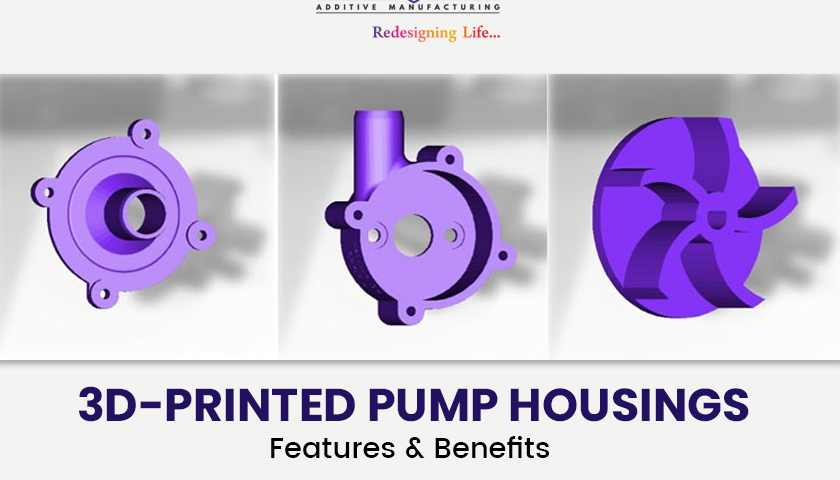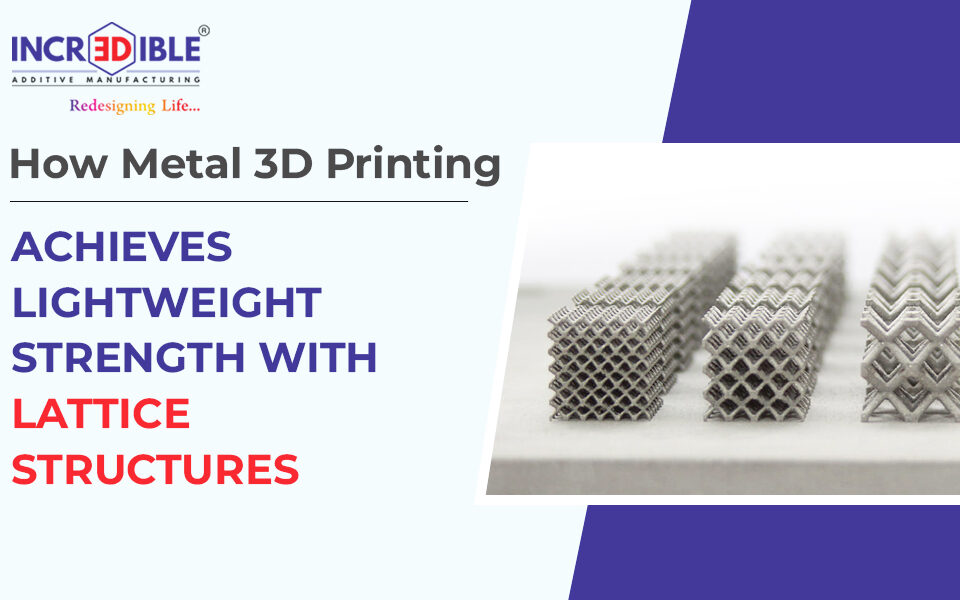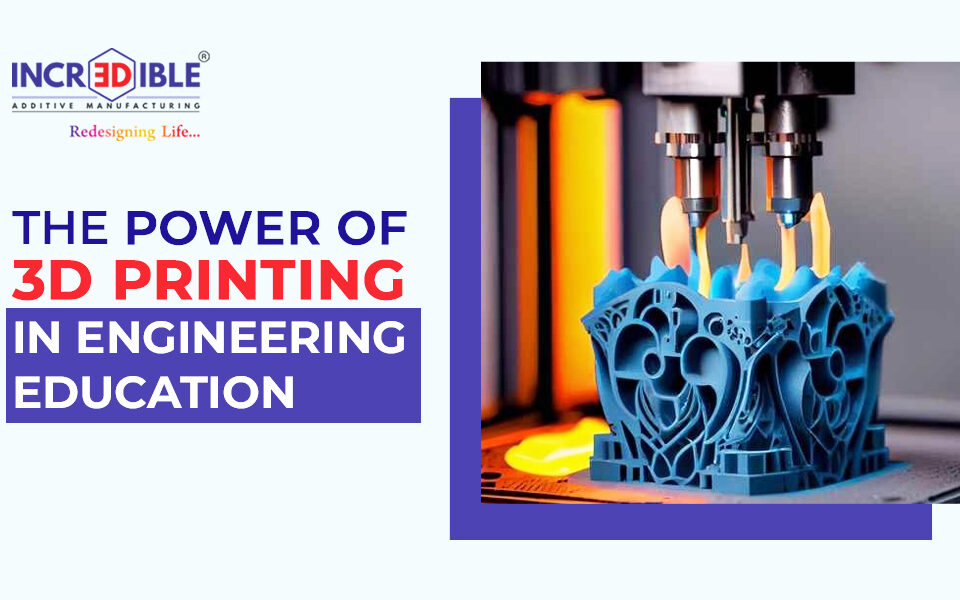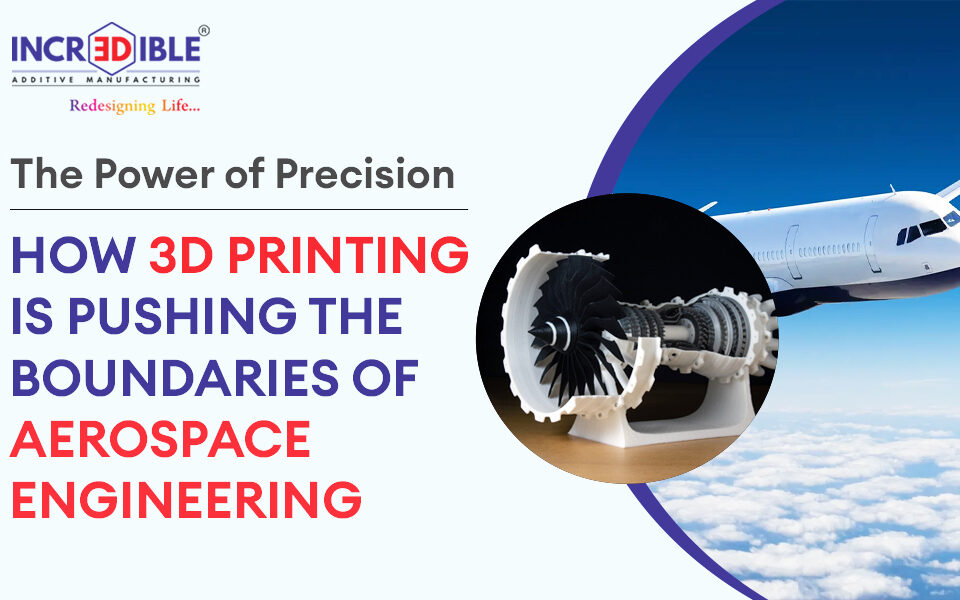3D-printed pump housings: features and benefits
Technological advancements are reshaping how we design and manufacture components of fluid dynamics and pumping systems. 3D printing has found its way into pump technology, particularly in creating pump housings. In this blog, we’ll look at the features and benefits that make 3D-printed pump housings a game changer in engineering.
Precision Engineering
One of the most notable characteristics of 3D-printed pump housings is their unrivalled precision. Traditional manufacturing methods frequently have limitations in intricate designs, but 3D printing makes complex geometries and internal structures possible and remarkably precise. This precision helps to improve pump performance and efficiency.
Customization Unleashed
No two pumping systems are the same, and customization is required for optimal performance. 3D printing enables the creation of highly customized pump housings for specific needs. Whether it’s adapting to a unique fluid flow pattern or accommodating specific spatial constraints, 3D printing enables engineers to design pump housings with unimaginable flexibility.
Lightweight and long-lasting
Traditional pump housing manufacturing materials frequently involve weight and durability trade-offs. However, 3D printing opens up a new world of material possibilities, allowing for the creation of lightweight and durable pump housings. It reduces the overall weight of the pumping system but also contributes to improved energy efficiency and installation ease.
Rapid Prototyping
Time is of the essence in the realms of product development and innovation. Rapid prototyping is possible with 3D printing, which significantly reduces the time required to test and iterate pump housing designs. Engineers can evaluate multiple prototypes quickly, make necessary adjustments, and shorten the development cycle. This speed is especially advantageous in industries where staying ahead of the competition is critical.
Better Cooling Capabilities
Efficient heat dissipation is critical in pump systems, particularly those subjected to high demands. Pump housings 3D-printed with intricate internal cooling channels are designed to optimize heat transfer and overall system performance. This advanced cooling capability keeps the pump operating within optimal temperature ranges, reducing wear and extending the life of critical components.
Material Innovation
Material options for pump housings are limited in traditional manufacturing methods. Engineers can use 3D printing to experiment with different materials, including high-performance polymers and composites. These materials are resistant to corrosion, chemicals, and extreme temperatures, broadening the scope of pump applications in various industries.
Production at a Low Cost
While the initial costs of investing in 3D printing technology may appear high, the long-term cost savings are undeniable. The creation of complex structures in a single printing process reduces material waste while lowering labour costs. The low cost of 3D-printed pump housings becomes a compelling argument for adopting this innovative manufacturing method over time.
Conclusion
3D-printed pump housings represent a significant advancement in fluid dynamics technology. The features and benefits, ranging from precision engineering to rapid prototyping, highlight 3D printing’s transformative potential in the pump manufacturing industry. 3D Incredible AM Pvt Ltd is the pioneer in 3d printing in India. Our world-class facility in Koregaon, Pune, with the latest 3d printing machine, an experienced and knowledgeable team, offers the best 3D-printed objects and solutions. Collaborating with us offers you a precise and promising future in 3D-printed pump housings. Connect with us to know more.




